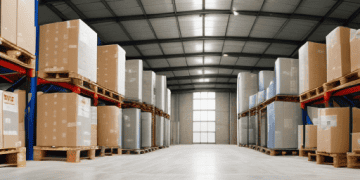Cambodia has been hit with a 49% tariff rate by the Trump administration, the highest among any country affected by recent U.S. tariff measures. While Cambodia’s trade surplus with the U.S. is relatively modest compared to other nations, this new tariff rate raises concerns about the viability of local manufacturing, particularly in labor-intensive industries such as garment production.
Several U.S. retailers, including Under Armour, Lululemon, Black & Decker, and Hugo Boss, import products from Cambodia, with goods ranging from garments to footwear, furniture, and solar panels. According to customs data, these imports have made Cambodia a key manufacturing hub for North American supply chains.
Casey Barnett, president of the American Chamber of Commerce in Cambodia, stated that despite the challenges posed by the new tariffs, the relocation of manufacturing to the U.S. is unlikely. “Manufacturing is absolutely not going to go back to the United States,” Barnett said, pointing out that labor-intensive industries, such as garment factories, are struggling to cope with the high tariff rates. Barnett suggested that some companies are considering shifting their supply chains to other countries, such as Egypt, India, and Indonesia, although many are waiting to see if the tariff policies change.
The Cambodian government is taking steps to support affected industries, including offering tax credits and other fiscal measures aimed at alleviating financial strain. However, the impact on local factories remains significant. Barnett indicated that many factories are facing a slowdown in new orders, with uncertainty surrounding the future of their operations.
Andrei Quinn-Barabanov, a supply chain expert at Moody’s, noted that companies are unlikely to make major investment decisions during times of such high uncertainty. The uncertainty surrounding the tariffs and potential retaliation from other countries may lead to a period of stagnation in executive decision-making.
The U.S. administration’s goal of reducing the trade deficit and encouraging manufacturing to return to the U.S. remains central to its tariff strategy, though some experts question whether this objective will be realized. Trade advisor Peter Navarro has argued that tariffs could eventually lead to greater U.S. manufacturing and higher tax revenues, though others, like supply chain consultant Andre C. Winters, are skeptical that companies will bring manufacturing back to the U.S. in the near future.
While Cambodia’s trade deficit with the U.S. is not among the largest, the country’s reliance on exports to the U.S. makes the new tariffs particularly impactful. In 2024, the U.S. imported $12.7 billion worth of goods from Cambodia, a significant increase from the previous year. According to economist Gilberto Garcia-Vazquez, the tariffs could potentially reduce Cambodian exports to the U.S. by $4.56 billion over the next four years, with the garment sector being hit hardest.
Barnett expressed concern about the potential for increased poverty and job loss in Cambodia due to the tariffs. The garment industry in Cambodia employs around 1 million workers, many of whom are women earning low wages. Barnett highlighted the difficult position many Cambodian workers find themselves in, with monthly salaries around $300, and emphasized the broader economic challenges facing the country.
Get comprehensive supply chain report news updates at The Supply Chain Report. For international trade tools, see ADAMftd.com.
#CambodiaTradeDisputes #USTariffs #ManufacturingImpact #TradeRelations #CambodiaEconomy #TariffPolicies #GlobalTradeChallenges














